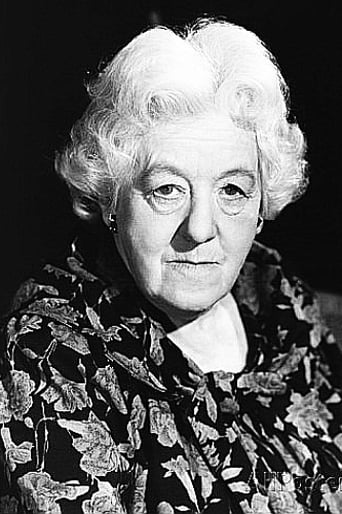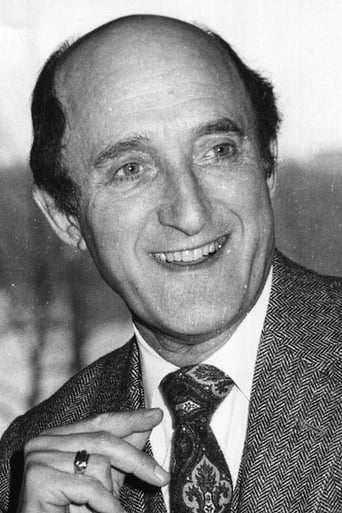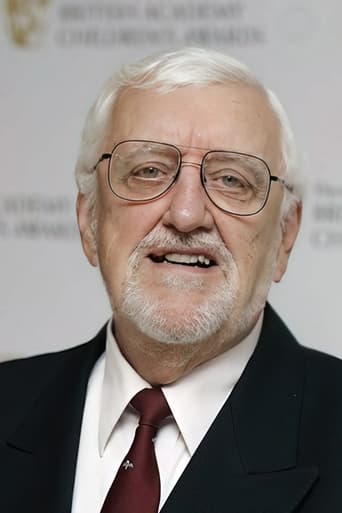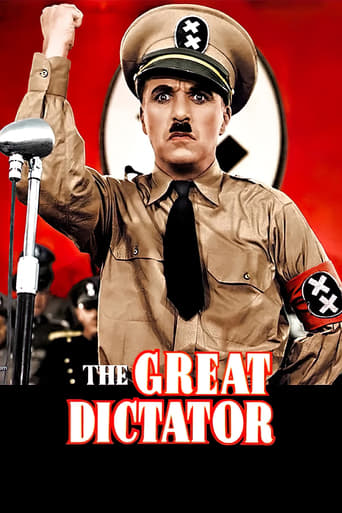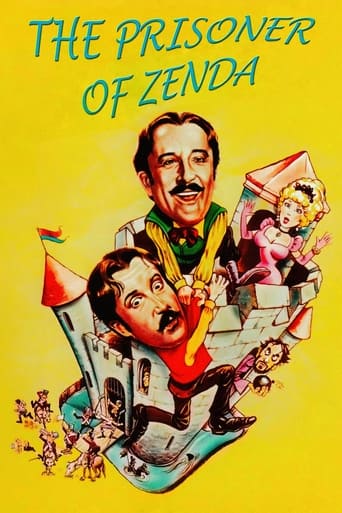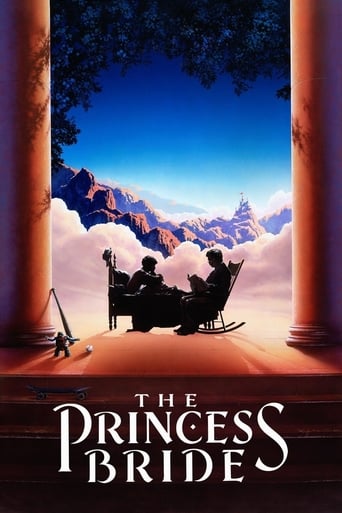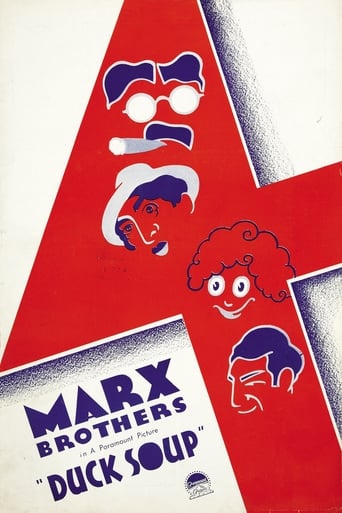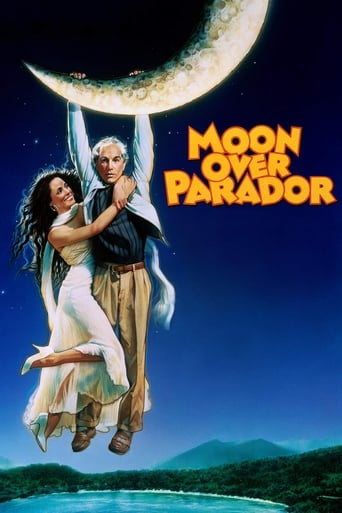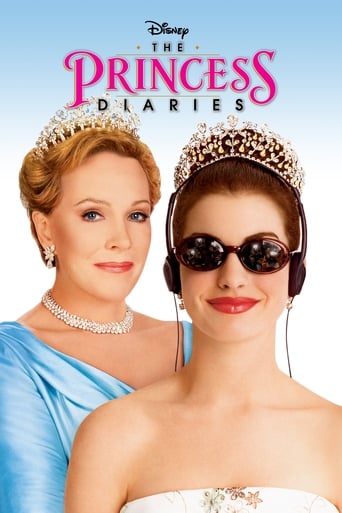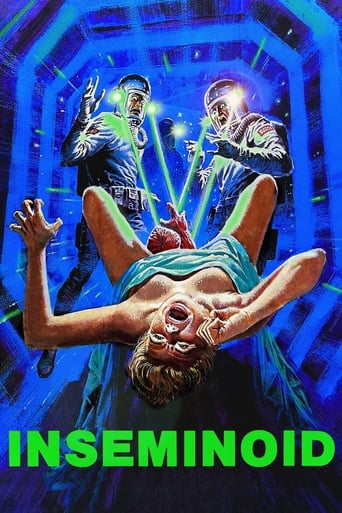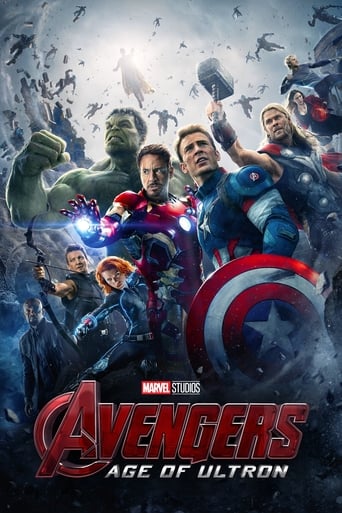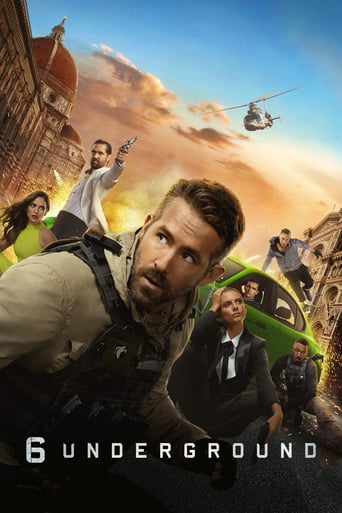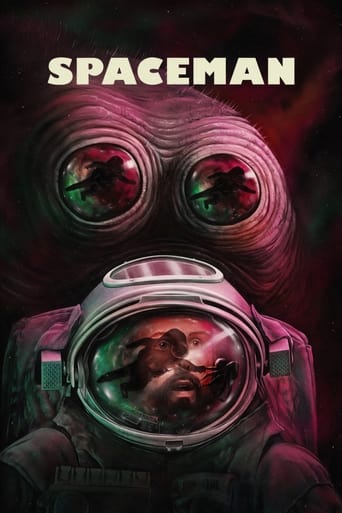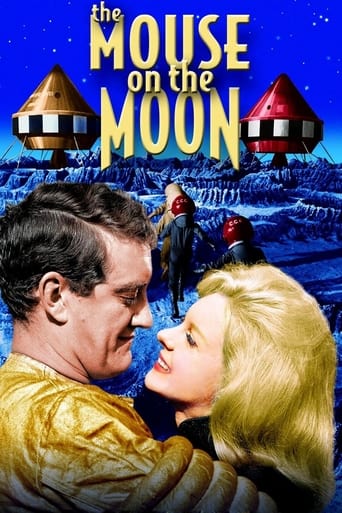
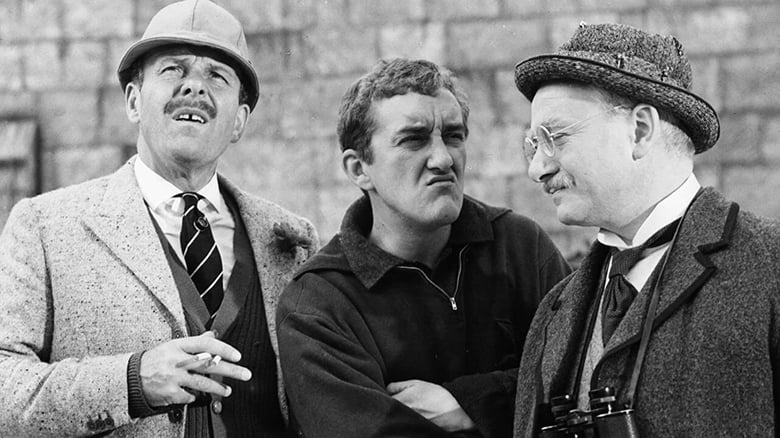
The Mouse on the Moon (1963)
Sequel to The Mouse that Roared; The Tiny Country of Grand Fenwick has a hot water problem in the castle. To get the money necessary to put in a new set of plumbing, they request foreign aid from the U.S. for Space Research. The Russians then send aid as well to show that they too are for the internationalization of space. While the grand Duke is dreaming of hot baths, their one scientist is slapping together a rocket. The U.S. and Soviets get wind of the impending launch and try and beat them to the moon.
Watch Trailer
Cast


Similar titles
Reviews
This is one of the best political satires I have ever seen. Ironically, I saw this film before I saw the predecessor, The Mouse That Roared, and I still have yet to see all of that film. I really enjoyed the fact that this film poked fun at how obsessed the United States and the Soviet Union were on the space race that they didn't know how the Duchy of Grand Fenwick beat them in the construction of a rocket to the moon. Bernard Cribbins, Ron Moody and David Kossoff were all exceptional in this film and they made it an enjoyable experience. Too bad this or the original "Mouse" film are rarely, if ever shown on television anymore.
The two "Mouse" films benefitted greatly from the wonderfully funny source novels by terribly under-appreciated Irish author Leonard Wibberley. Although the second film suffers in comparison because of the loss of star Peter Sellers, the performances by Ron Moody as Count Mountjoy and Dame Margaret Rutherford are still quite effective. It must be pointed out that some of the higher bits of satire of Wibberley's novel have gone missing from the film. In the novel, the Duchess (a 23-year-old married to Chief Forester Tully Bascomb) asks Count Mountjoy (she has called him "Bobo" since infancy) for an Imperial Russian sable fur coat. Mountjoy, desiring to update the Grand Fenwick castle's 14th century plumbing, gets a decree passed asking for a loan from the United States for $50,000 for the coat. Being the sly fox that he is, he also asks for $5 million to enter the SPACE PROGRAM! Of course, Mountjoy has every intension of buying the Duchess her coat and using the rest on the plumbing (and also for road improvements, as there are no paved roads in the country). The USA realizes that it's a ruse of some sort, but sees it as an excellent PR opportunity and decides to give them $50 million instead! The rest of the plot is pretty much directly translated into the film. Too bad Wibberley's remaining books in the series ("The Mouse on Wall Street," "The Mouse That Saved the West," and "Beware the Mouse!") were never filmed.
Whoa! Isn't something missing here? Another episode in the Grand Fenwick chronicles and no Peter Sellers? I mean, you got all the standard Brits, Ron Moody, Dame Maggie Rutherford, John Le Messieur and, of course, the gap-toothed Terry Thomas, but where's Peter? This movie is definitely his kind of vehicle and Bernie Cribbins does his level best-- but, it's not Peter. Rumor has it, and I've never been able to trace down the source, that Sellers was slated for this part and contracts, shooting commitments and the like served to interfere... But, we can only imagine how it would have turned out if the PS had been there.
It's hard for it not to pale in comparison to its predecessor, "The Mouse That Roared," but "The Mouse on the Moon" is still an amiable enough comedy that it overcomes its own slightness and miniscule budget. The plot -- which concerns the Duchy of Grand Fenwick petitioning the United States for a loan so that it can develop a space program (which is really a cover for the prime minister's insatiable desire for indoor plumbing) -- is amusing and gives director Richard Lester and screenwriter Michael Pertwee plenty of opportunities to draw parallels between the Americans and the Russians as they scramble to beat the tiny country to the moon.Instead of Peter Sellers in three roles, we have Margaret Rutherford taking over one (as the dotty grand duchess) and Ron Moody taking over another (as the ruthless prime minister). Both are funny enough, but they're no substitute for the real thing. Joining them are a young Bernard Cribbens as Moody's son Vincent, who wants nothing more than to be an astronaut, David Kossoff (one of four actors returning from "The Mouse That Roared") as the ever resourceful Professor Kokintz, and Terry-Thomas as a thoroughly inept British spy. Also watch for John Bluthal in his first of many films for Lester as Von Noldol, the enthusiastic German scientist working for the U.S.For Richard Lester fans, this is a must-see. After all, this is the film that got him the job directing a certain film starring four lads from Liverpool...


